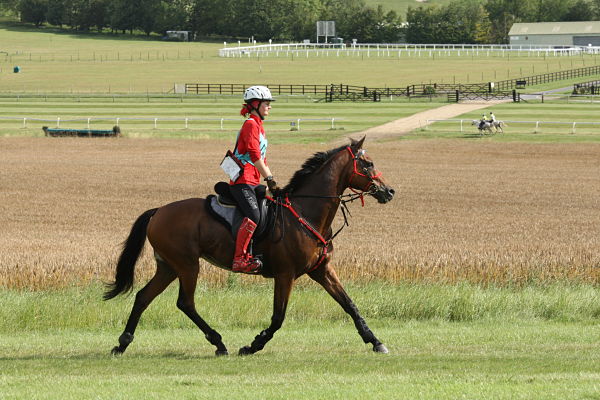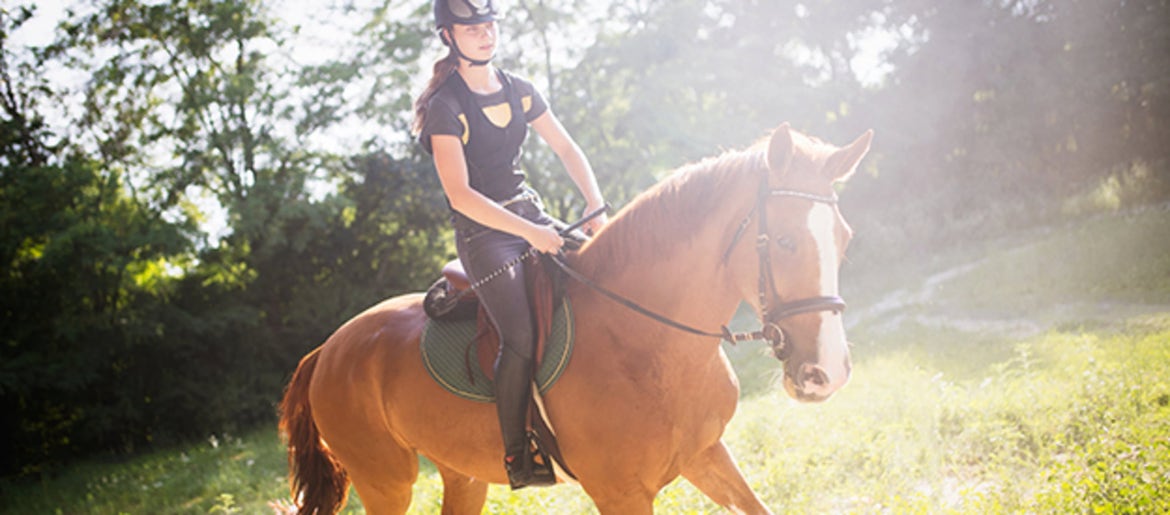Conditioning Your Horse for Endurance Competition

Endurance riding is a demanding equestrian sport that tests the stamina, speed, and fitness of both horse and rider over long distances, often ranging from 25 to 100 miles. Proper conditioning of your horse is crucial to ensure peak performance, prevent injuries, and promote overall well-being throughout the competition.
Understanding Endurance Riding
Endurance competitions require horses to maintain a steady pace over varied terrain for extended periods. This sport emphasizes cardiovascular fitness, muscular endurance, and mental toughness. Conditioning your horse involves a combination of physical training, nutrition, and recovery strategies.
Key Components of Conditioning
| Component | Description |
|---|---|
| Cardiovascular Fitness | Enhances heart and lung capacity to sustain prolonged effort. |
| Muscular Strength | Builds muscle endurance and power for sustained movement. |
| Flexibility | Improves range of motion to prevent injuries and enhance stride efficiency. |
| Mental Conditioning | Prepares the horse to handle stress, maintain focus, and respond calmly during competition. |
Training Program Structure
-
Base Building Phase (4-6 weeks):
- Focus on low-intensity, long-duration rides to build aerobic capacity.
- Gradually increase distance and duration.
-
Strength and Speed Phase (3-4 weeks):
- Incorporate hill work and interval training to develop muscle strength and speed.
- Include varied terrain to simulate competition conditions.
-
Peak Conditioning Phase (2 weeks):
- Emphasize race-pace workouts and tapering to optimize performance.
-
Recovery Phase:
- Allow adequate rest and light exercise to facilitate muscle repair and prevent burnout.
Nutrition and Hydration
Proper diet supports training demands and recovery:
- Balanced Diet: High-quality forage, grains, and supplements tailored to energy needs.
- Electrolyte Management: Replenish salts lost through sweat to maintain hydration and muscle function.
- Water Intake: Ensure constant access to clean water before, during, and after rides.
Monitoring and Health Checks
Regular veterinary check-ups and monitoring vital signs (heart rate, respiration, hydration) help detect early signs of fatigue or illness. Use of heart rate monitors and GPS tracking can optimize training intensity and recovery.
Common Challenges and Solutions
- Overtraining: Leads to fatigue and injury; prevent by following a structured program and monitoring recovery.
- Behavioral Issues: Address through consistent handling and mental conditioning.
- Environmental Factors: Adapt training to weather and terrain conditions.
FAQ
Q1: How often should I train my horse for endurance?
A: Typically, 4-5 days per week with varied intensity and rest days incorporated.
Q2: What signs indicate my horse is overtrained?
A: Decreased performance, lethargy, loss of appetite, and prolonged recovery times.
Q3: Can any horse be conditioned for endurance?
A: While many breeds can participate, horses with good conformation, soundness, and temperament are best suited.
Q4: How important is mental conditioning?
A: Equally important as physical training; a calm, focused horse performs better under stress.
Conditioning your horse for endurance competition is a multifaceted process that requires dedication, knowledge, and careful planning. By following a structured training program, maintaining proper nutrition, and monitoring health, you can help your horse achieve optimal performance and enjoy the sport safely.
